Joint pain is the kind of nagging, soul-sucking discomfort that can turn a simple walk to the mailbox into an Olympic-level challenge. I’ve been there—dealing with creaky knees after years of running and an achy shoulder that seemed to protest every time I reached for a high shelf. So when I stumbled across red light therapy (RLT) as a potential fix, I was equal parts curious and skeptical.
Could shining a fancy light on my joints really make a difference? Spoiler alert: after months of experimenting, I’m a believer, but it’s not a magic wand. Let’s unpack what RLT is, how it works for joint pain, what the science says, and—most importantly—how to actually use it without wasting your time or money.
What Is Red Light Therapy, and Why Should You Care?
Red light therapy, sometimes called photobiomodulation (PBM) or low-level laser therapy (LLLT), involves exposing your skin to low levels of red or near-infrared light. Unlike UV light, which can burn your skin faster than a day at the beach with no sunscreen, red light is gentle and doesn’t cause harm. The idea is that specific wavelengths—typically between 600 and 1000 nanometers—penetrate your skin and tissues, sparking cellular processes that reduce pain and inflammation. Think of it like giving your cells a pep talk to get back to work.
For joint pain, this is a big deal because conditions like arthritis or overuse injuries often stem from inflammation, poor blood flow, or damaged tissue. I first heard about RLT from a friend who swore it helped her rheumatoid arthritis. She described it as “bathing her knees in warm, healing light,” which sounded like something out of a sci-fi novel. But when I dug into the science, I found that it’s not just hype—there’s real evidence backing it up.
The Science Behind RLT for Joint Pain
Here’s the deal: RLT works by stimulating mitochondria, the powerhouses of your cells, to produce more adenosine triphosphate (ATP). More ATP means your cells have more energy to repair themselves, reduce inflammation, and even boost collagen production (which is key for healthy joints). A 2023 study published in Frontiers in Cellular and Developmental Biology found that RLT significantly reduced pain and improved function in patients with knee osteoarthritis, with effects lasting longer than placebo treatments Frontiers Study. Another clinical trial from 2018 showed that red light therapy reduced ankle pain and swelling in just three days for sprain sufferers.
But it’s not all sunshine and rainbows. Some studies, like one from The New York Times’ Wirecutter, point out that we don’t fully understand how RLT works or who it works best for Wirecutter Review. Researchers still need larger, placebo-controlled trials to nail down the exact mechanisms. This gap in knowledge frustrated me at first—why isn’t this stuff crystal clear yet? Still, the existing evidence, combined with my own experience, suggests it’s worth a shot, especially since it’s non-invasive and has virtually no side effects.
My Experience with Red Light Therapy
I decided to give RLT a try after my knees started acting like they belonged to an 80-year-old rather than someone in their 30s. I bought a portable device called the Bontanny, which promised targeted red and near-infrared light at 660nm and 850nm—wavelengths backed by research for joint health. My first session felt underwhelming. I strapped the device to my knee, set it for 10 minutes, and… nothing. No warmth, no instant relief, just me sitting there wondering if I’d been suckered.
But here’s where patience comes in. After two weeks of daily 10-minute sessions, I noticed my knees felt less stiff in the morning. By week four, I could jog a mile without wincing. The shoulder pain? That took longer—about six weeks—but it’s now manageable enough that I can lift weights again without feeling like I’m betraying my body. My biggest lesson? Consistency is key. You can’t just zap your joints once and expect miracles.
I also tried a cheaper Amazon knockoff device before the Bontanny, and let me tell you, it was a waste of $50. The light output was weak (probably under 50 mW/cm²), and it broke after a month. If you’re going to invest, get a device with solid specs—look for 600-1000nm wavelengths and at least 100 mW/cm² power output. Anything less, and you’re basically shining a fancy flashlight on your skin.
How to Use Red Light Therapy for Joint Pain
If you’re ready to try RLT, here’s a practical guide based on my trial-and-error journey and what the experts recommend:
- Choose the Right Device: Not all RLT devices are created equal. Panels like the Bontanny Portable are great for targeting specific joints, while full-body beds are overkill unless you’re treating multiple areas. Check for FDA clearance or third-party testing to ensure quality. Avoid no-name brands with vague specs.
- Set a Schedule: Aim for 10-20 minute sessions, 3-5 times a week. I found mornings worked best—my joints felt looser all day. Most studies suggest 2-4 weeks of consistent use before you notice results, so don’t give up too soon.
- Positioning Matters: Place the device 6-12 inches from the affected joint. For knees, I’d sit with the panel directly facing the joint. For smaller areas like wrists, a handheld wand might be easier. Make sure the light hits the skin directly—no clothing in the way.
- Combine with Other Therapies: RLT isn’t a standalone cure. I paired it with gentle stretching and a turmeric supplement, which seemed to amplify the anti-inflammatory effects. Some studies even suggest combining RLT with ultrasound or electrical stimulation for better results.
-
Track Progress: Keep a journal of your pain levels (I used a 1-10 scale) and mobility. This helped me stay motivated when progress felt slow. For example, my knee pain dropped from a 7 to a 3 after a month, which was enough to keep me going.
My Takeaway: Is It Worth It?
Red light therapy isn’t a miracle, but it’s a solid tool for managing joint pain, especially if you’re fed up with popping ibuprofen or dreading invasive procedures. The science is promising, the side effects are minimal, and with the right device and routine, you might actually feel better. I’m kicking myself for not trying it sooner, but I’m also glad I didn’t fall for the hype without doing my homework.
If you’re dealing with achy joints, give RLT a fair shot—but invest in a quality device, stick with it for at least a month, and pair it with other healthy habits. Have you tried RLT for joint pain? What was your experience? I’d love to hear about it—because let’s be real, we’re all just trying to move without feeling like a rusty hinge.
View our products:

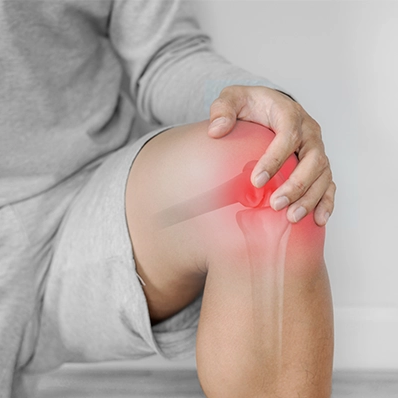

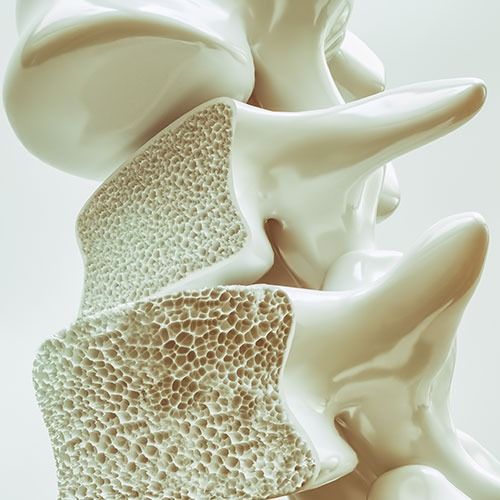
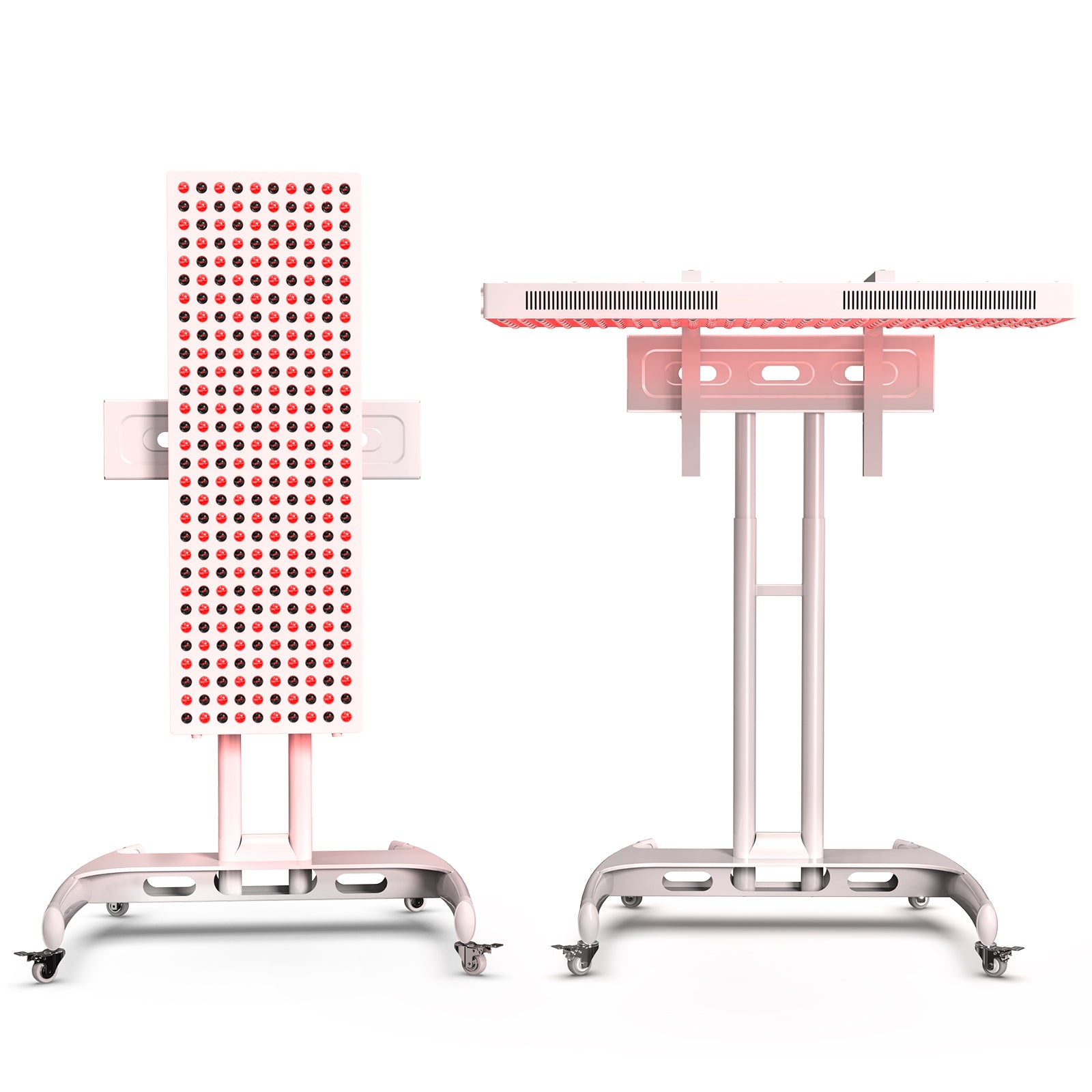
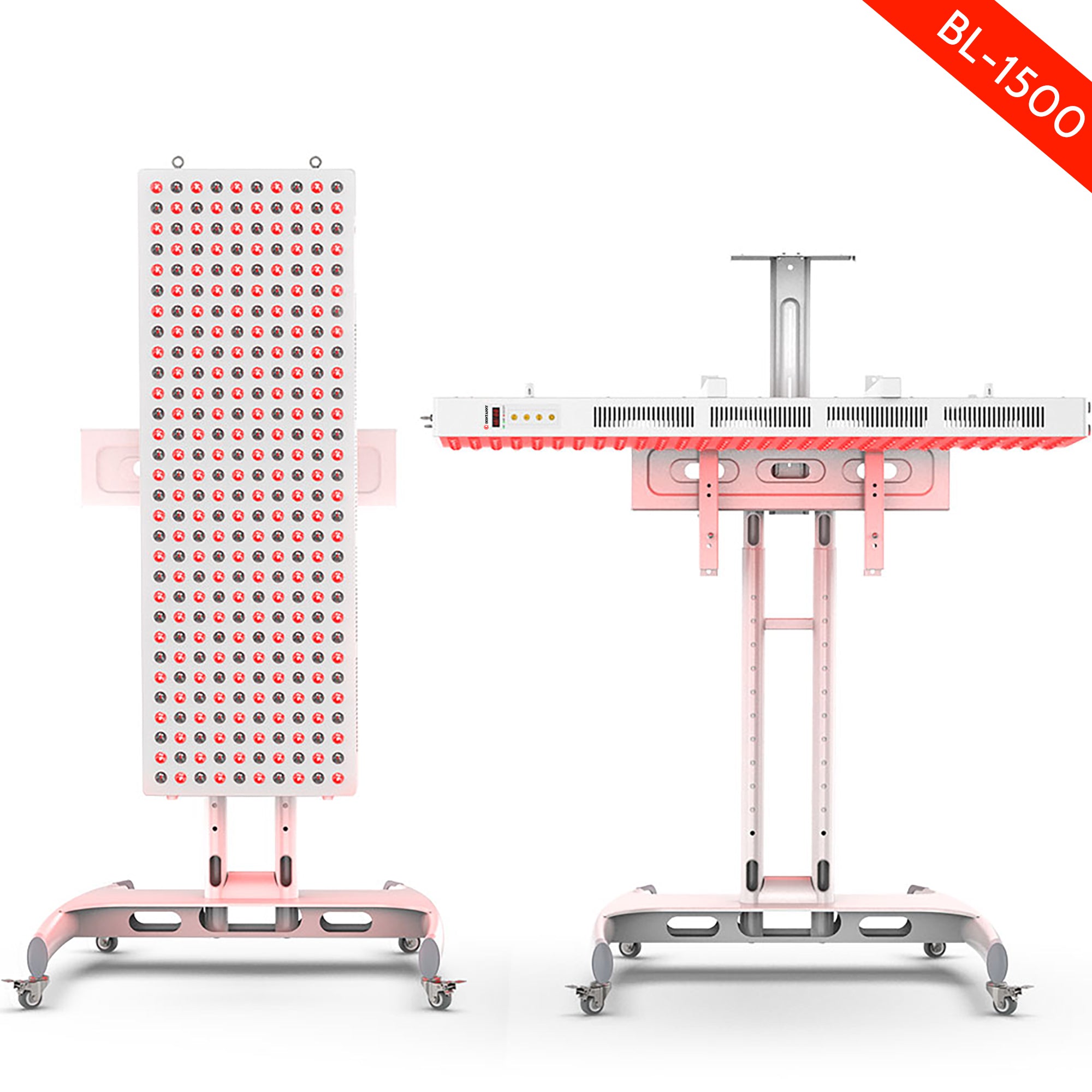
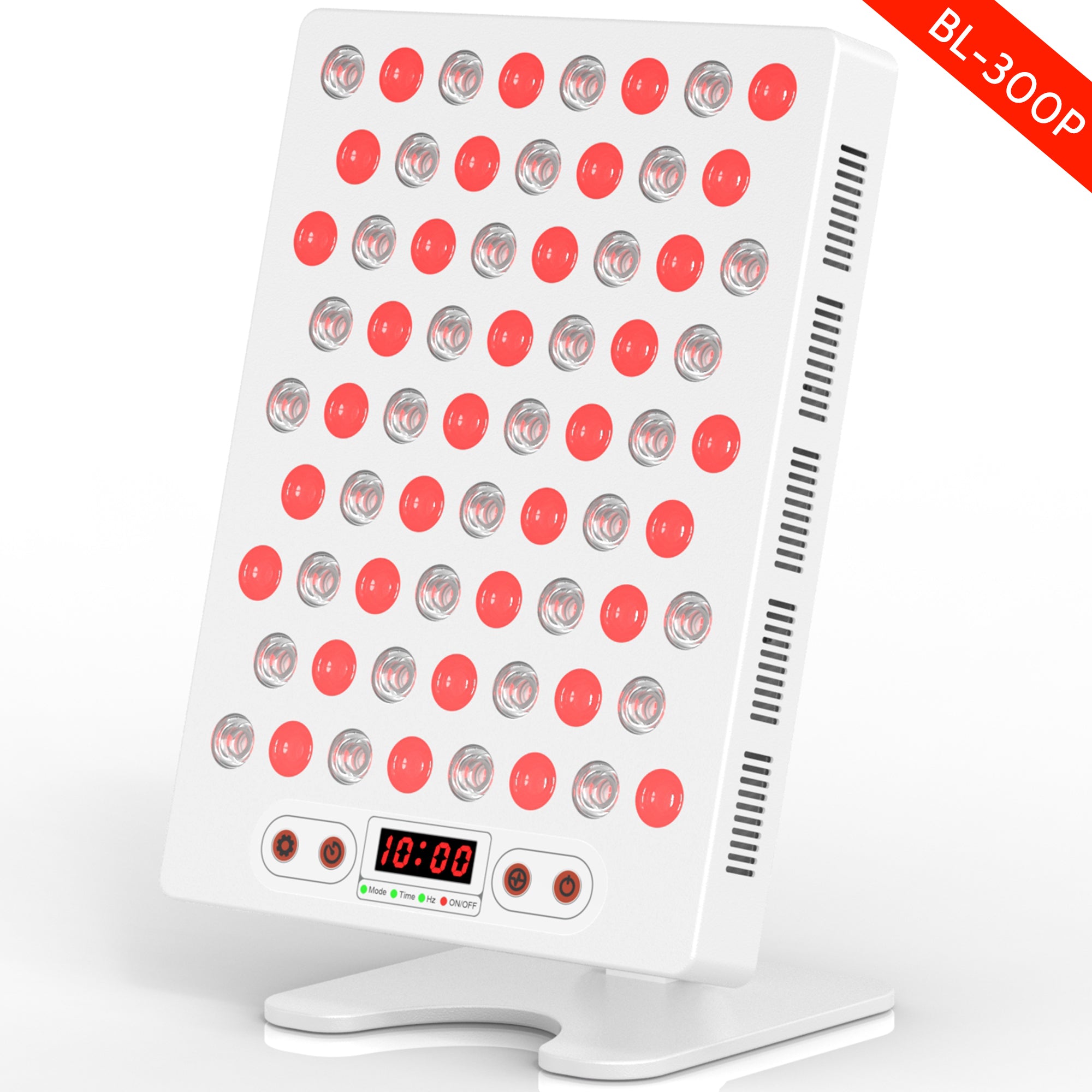
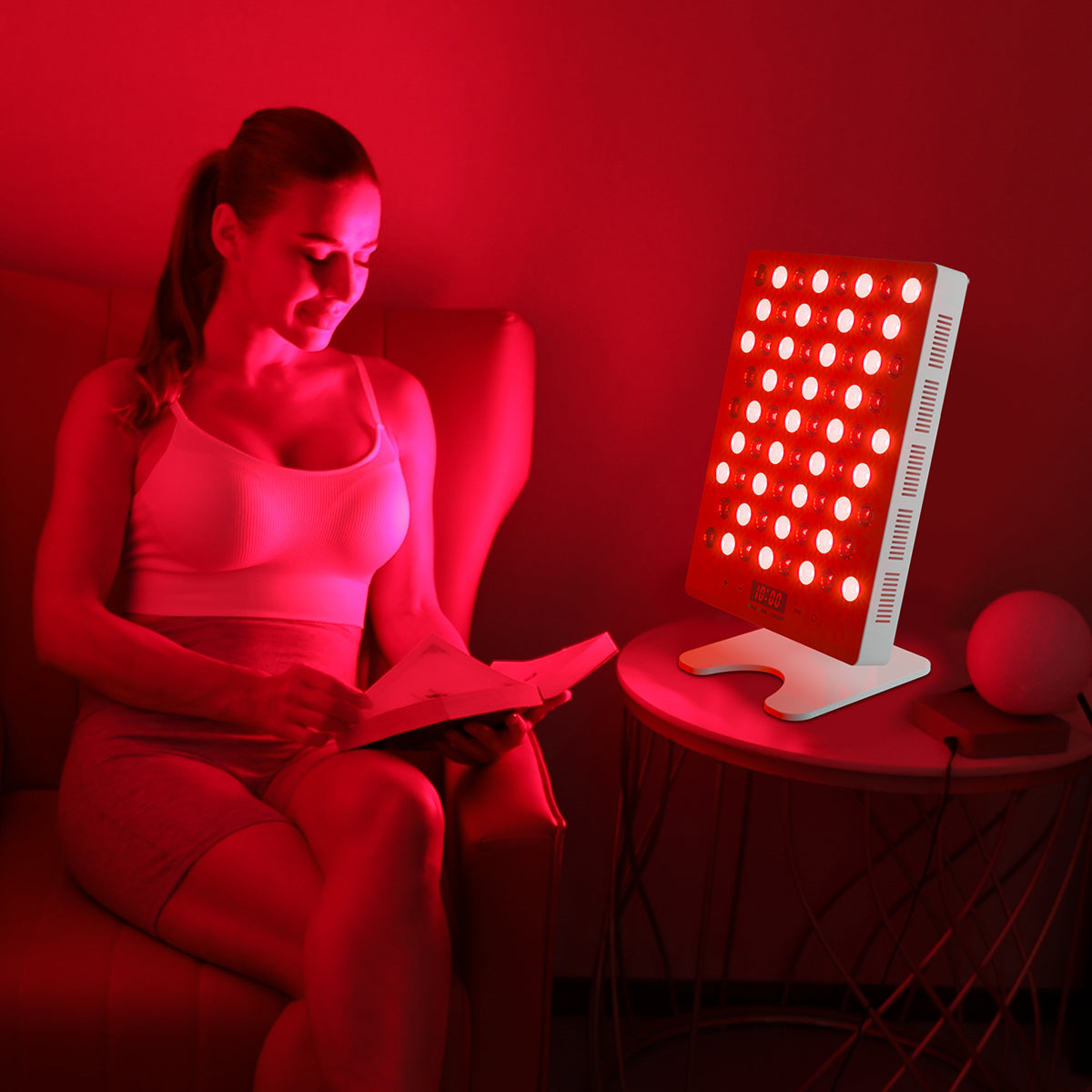
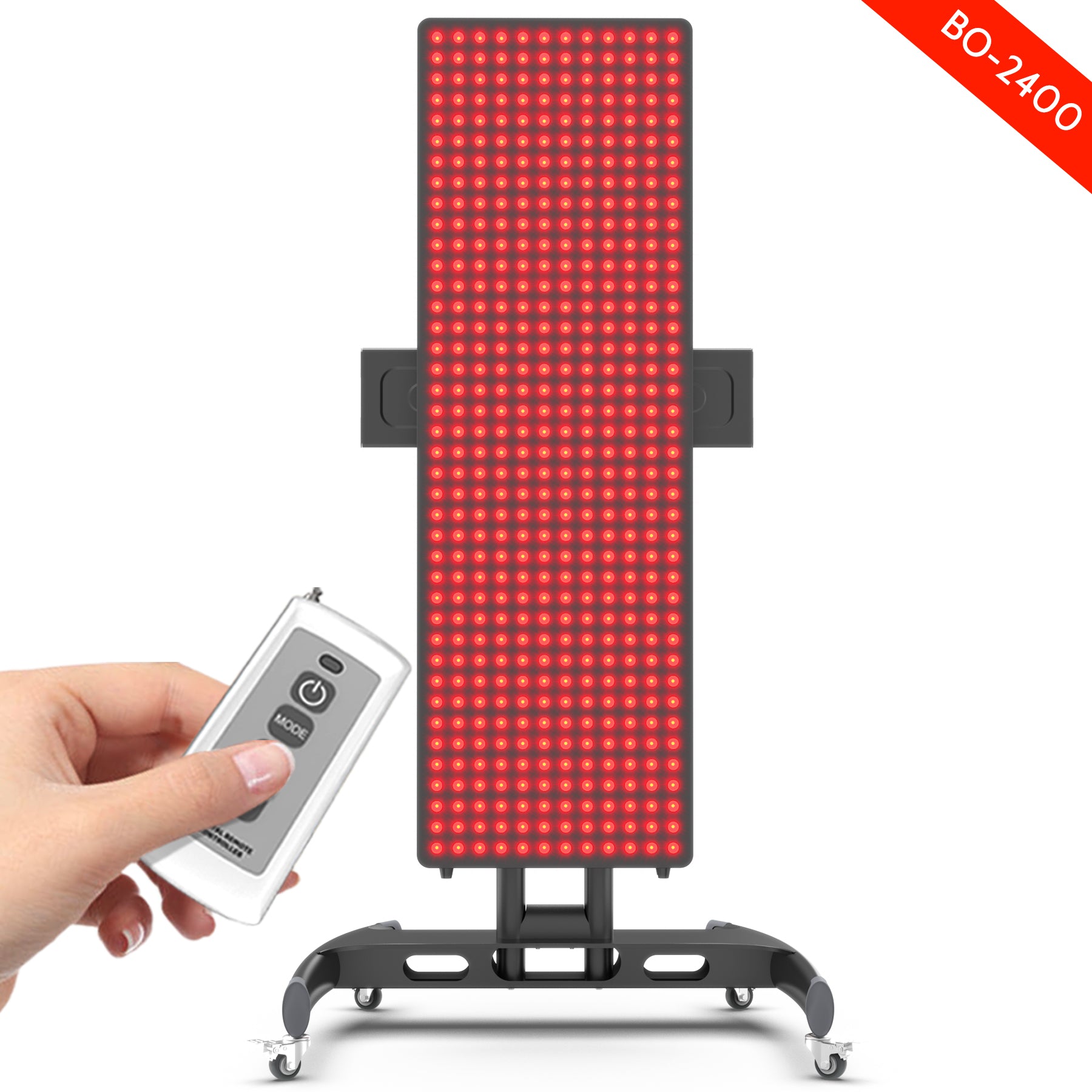

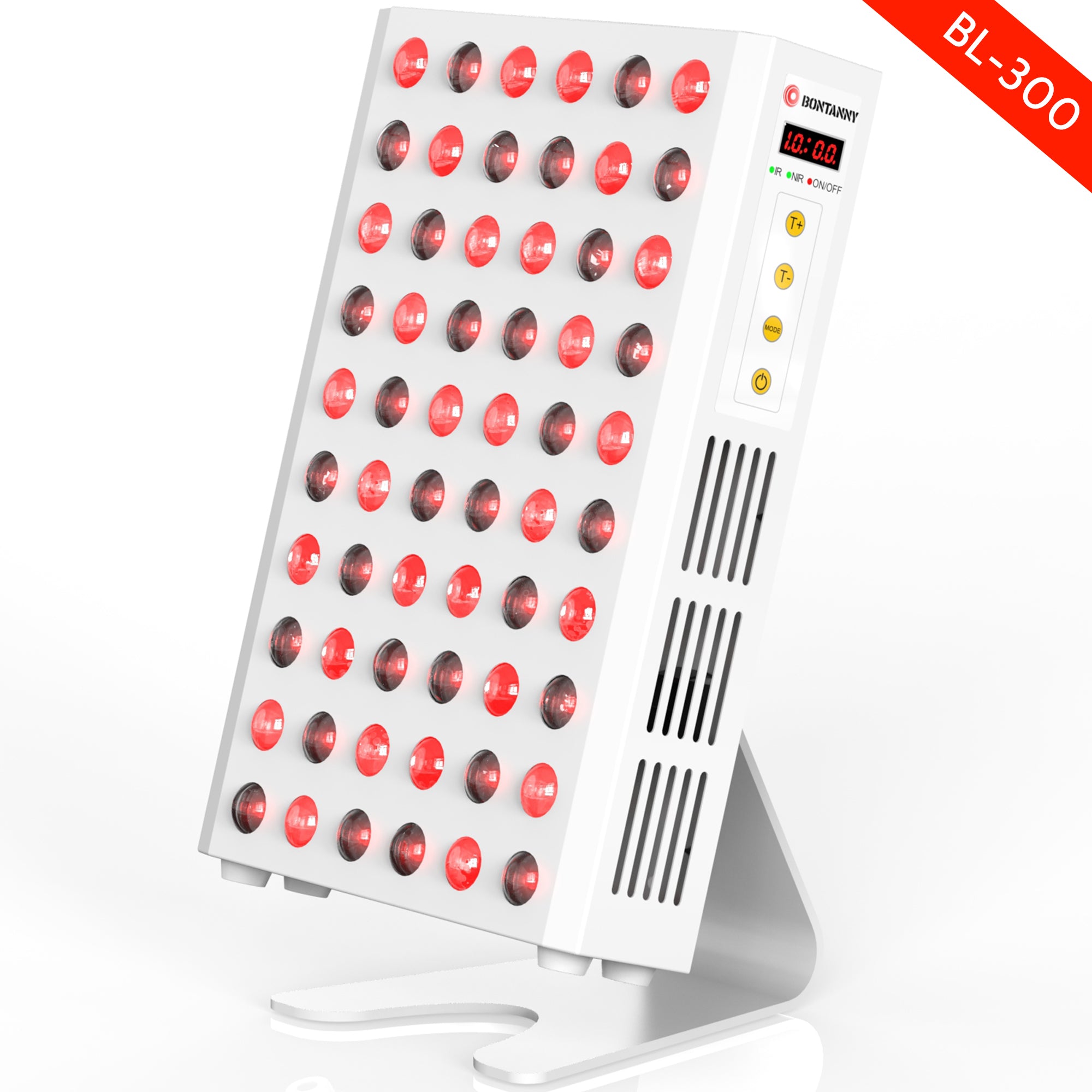
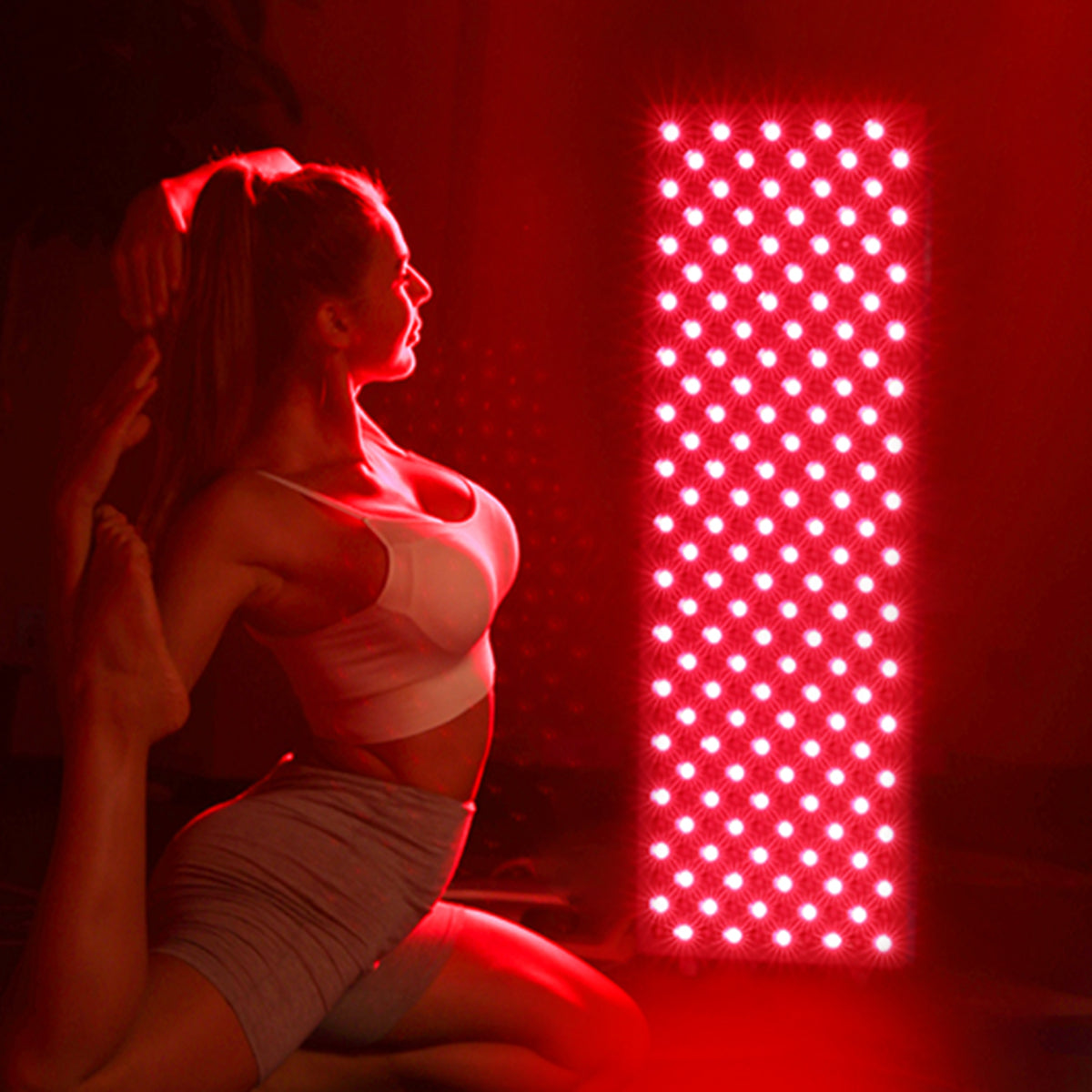
Leave a comment
This site is protected by hCaptcha and the hCaptcha Privacy Policy and Terms of Service apply.